A blog devoted to self-portraits by artists of colour, as well as artists from the global east and south. Inspired by the extreme whiteness of Phaidon's 500 Self-Portraits.
Last active 60 minutes ago
Don't wanna be here? Send us removal request.
Photo

Le Pho (Vietnamese/French, 1907-2001), Autoportrait dans la forêt [Self-portrait in the Forest], 1929. Oil on canvas, 37 x 75.7 cm.
183 notes
·
View notes
Text
Why I've been missing
I'm in Indonesia and Tumblr is banned here! Haven't been able to update properly. Using a VPN now but can't do that all the time. Sorry!
20 notes
·
View notes
Photo
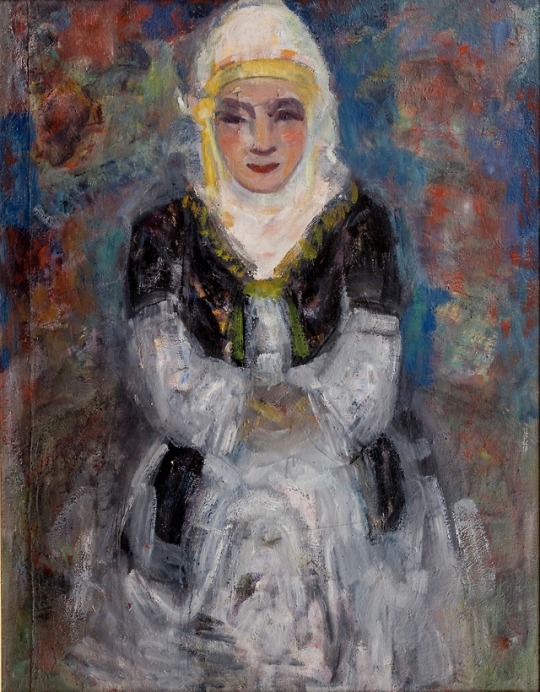
Aisha Galimbaeva / Айша Ғарифқызы Ғалымбаева, b. 1917, d. 2008 Self Portrait Kazakhstan (1970) [Source]
Wikipedia says:
Aisha Garifovna Galimbaeva is a Kazakhstani painter and educator. She is noted for her colourful and realstic depictions of women's changing position in the Soviet Bloc in the mid-20th century.
#Aisha Galimbaeva#Айша Ғарифқызы Ғалымбаева#Айша Гарифовна Галимбаева#woman artist#kazakhstan#central asia#1970s#Aisha Garifovna Galimbaeva
50 notes
·
View notes
Photo

Nahom Girmay, b. Eritrea Self Portrait US (2013) Oil [Source]
He’s an Eritrean immigrant to the USA, and a recipient of the Robert Johnson Block Award for Excellence in the Arts.
20 notes
·
View notes
Photo

Antonio Salazar Self Portrait US (c. 1970) [Source]
Antonio Salazar is a photographer noted for capturing images of significant social and political activities in relation to the Chicano Movement from 1968-1972...
From 1968-1972, Salazar was an undergraduate student at the University of Washington in Seattle, Washington, as part of the first group of Chicano students to attend the University. The students, approximately 30 in count, quickly became political and organized the first United Mexican American Students organization (UMAS), which later became known as MECHA. The students lobbied the university administration to have its first Chicano studies class, and located Tomas Ybarra-Frausto to be its first instructor...
Salazar started his future into photography by taking mostly black and white images of the turbulent events during his college years, developing the images himself. He received some training and direction from Irwin Nash, a Seattle based photographer. Apart from the University of Washington MECHA students and their activities, he captured images of Cesar Chavez, Dolores Huerta, Corky Gonzalez, Reyes Tijerina, Luis Valdez, and other iconic Chicano leaders. Antonio Salazar graduated in 1972 with a degree in Latin American studies and stopped taking pictures to pursue a professional career.
85 notes
·
View notes
Photo

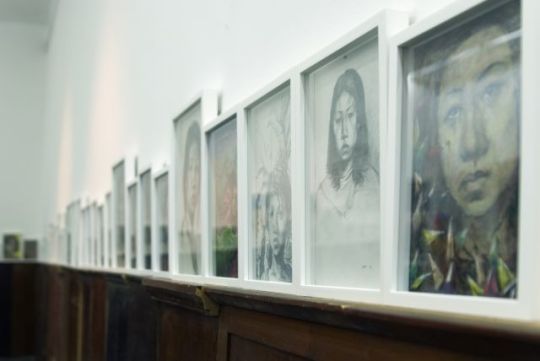

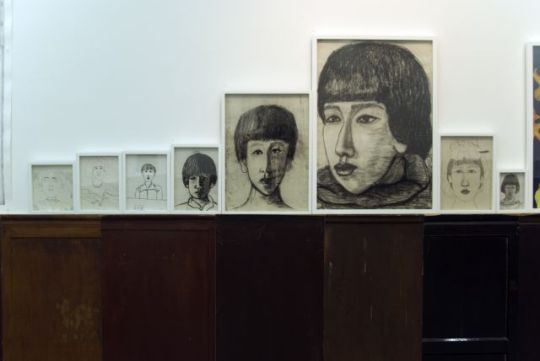
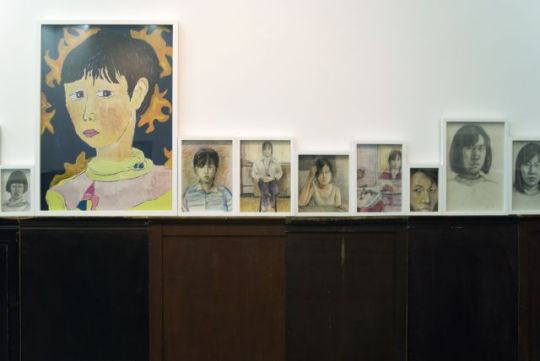
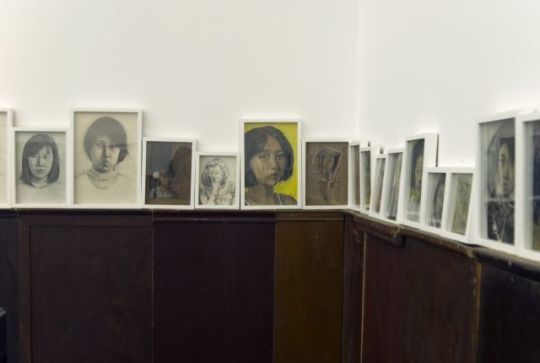
Ma Qiusha / 马秋莎, b. 1982 Self Portrait Series China (1999) [Source]
Art Review Asia says:
As a member of the first ‘one-child generation’, Ma expressed an artistic ‘sensitivity’ from a young age, evident in Self-portrait Series (1990–2000). Perhaps it is due to growing up in a one-child era, but everyone seems to be an only child, from playmates and classmates to adulthood friends. Combined with excessive doting, people of this generation seem to have adopted a more ‘perceptive’ radar. Ma’s works nearly always convey a subtle scepticism: multimedia, but imbued with a certain ‘soulfulness’. Regardless of whether the work is video, photography, installation, performance, event, painting, sculpture or any other media, there is always a ‘self-constructed mirror’ – the hidden mirror in self-portraits, the lens in various videos or even a window within a painting.
42 notes
·
View notes
Photo

Guillo Pérez, b. 1923, d. 2014 Self Portrait Dominican Republic (1981) [Source]
He’s got a bio at Wikipedia.
13 notes
·
View notes
Photo

Jeetin Rangher Last Supper India (2017) [Source]
Jeetin Ranger’s Last Supper, a performance for the first edition of Monsoon In A Bottle is a piece of social commentary – plucking important issues from the tree of problems that are sowed by disparity and the ideals of acceptance.
Last Supper is a piece of satire noting the self-created dented systems and our tolerance towards the same through his engagement with potholes on roads and the water that was collected during Mumbai’s Monsoon. Creating a feeling of extravagance with his large dinner table sans table legs, romantic lighting and abundance of food, Jeetin laid a dining mood with performance artist Katarina Rasic, on a busy road where he rested animal toys around potholes. Through his actions - his aim to extract, absorb and infuse the sense of disparities that are tied in delicate threads of communities, public spaces and class were not understated.
More about the artist here.
11 notes
·
View notes
Photo

Varditer Karapetyan / Վարդիթեր Կարապետյան, b. 1927, d. 2014 Self Portrait Armenia (1970) [Source]
She’s got a Wikipedia page in Armenian!
181 notes
·
View notes
Photo

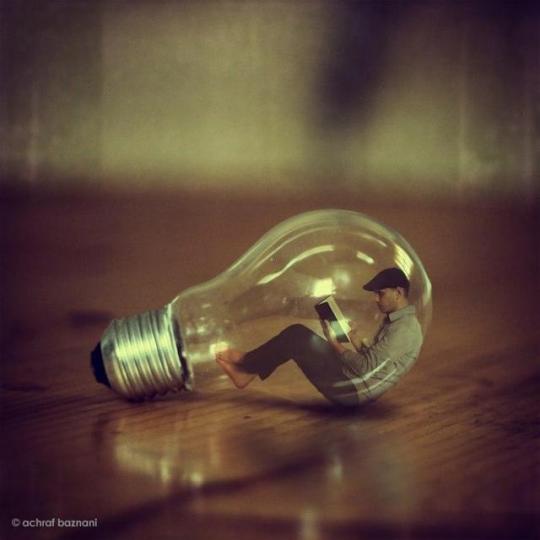
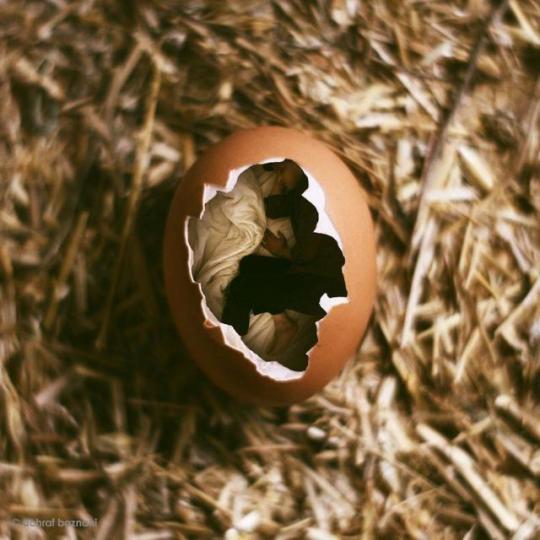


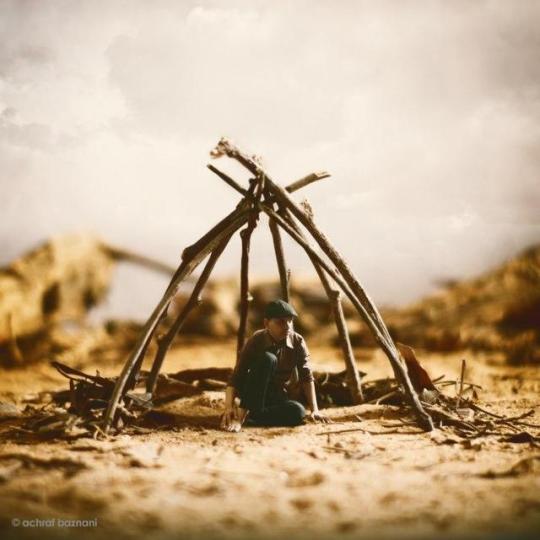
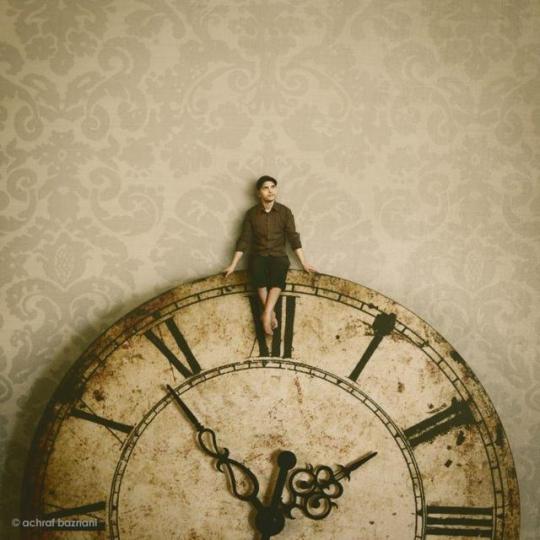
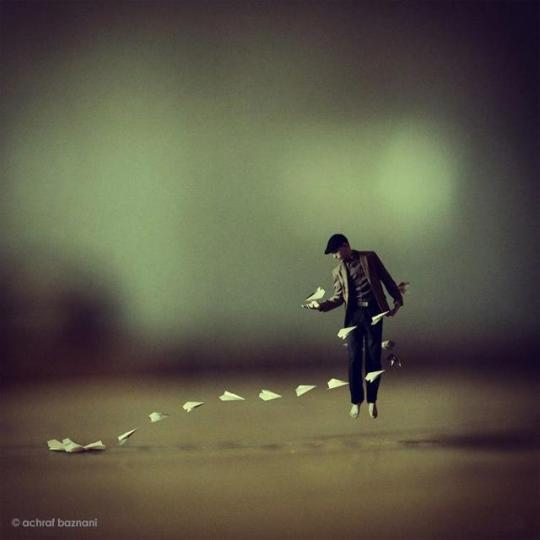
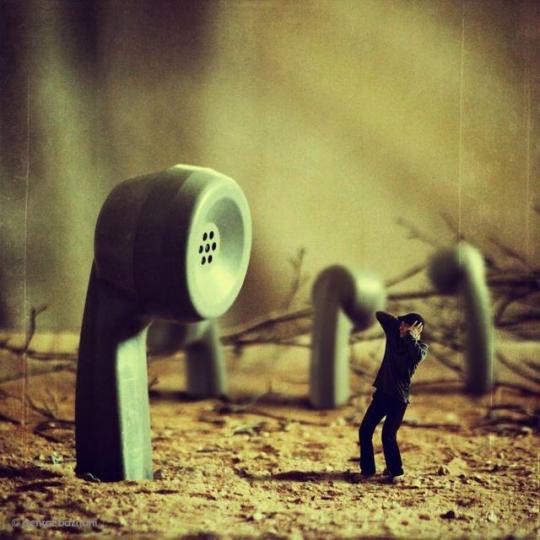
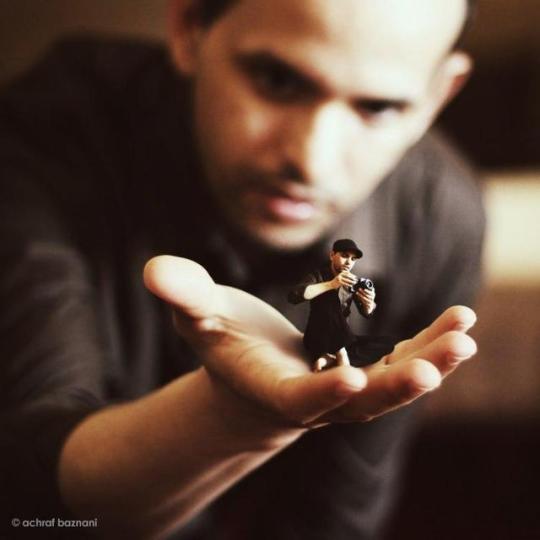
Achraf Baznani / أشرف بزناني, b. 1979
small my small world the island of solitude Ready to fly Life is puzzle trapped by reality Keeper of Time Paperman Noisiness Photography the Photographer
Morocco (2010s) [Source]
Wikipedia says:
Baznani got started in photography by chance. He received a Kodak Ektra compact 250 camera for his birthday as a teen. Baznani is self-taught and has never taken photography classes. He has made several short films and documentaries. These include "Walk" in 2006 and "The Forgotten" in 2007. "The Immigrant" in 2007 received several national and international awards.
Baznani is best known for being the first artist in the Arab world to publish a photo-book based on surreal imagery. Both books, Through My Lens and Inside My dreams, are surreal. Baznani places himself within his photographs of everyday objects, scenes and amusing situations.
72 notes
·
View notes
Photo

Alejandro Mario Yllanes, b. Bolivia, 1913; d. Mexico, 1960? Self-portrait Number 1 Mexico (1944) Wood engraving [Source]
Alejandro Mario Yllanes, a Bolivian tin miner turned engraver, painter and muralist, vanished in the late 1940s after winning—but not claiming—the Guggenheim Fellowship. It is believed that he returned to Mexico leaving much of his work behind in New York.
His self-portrait was exhibited as part of a retrospective held at the Ben Shahn Galleries at William Paterson College (Wayne, NJ) in 1992. The exhibition also travelled to the Edith C. Blum Art Institute at Bard College (Annandale-on-Hudson, NY). Yllanes’ work had only been shown once before in Mexico when Diego Rivera championed his work and wrote in the 1946 exhibition catalogue that “artists and workers of Mexico should open their arms to […] this Bolivian who endured torture, languished in prison and suffered in exile because of the revolutionary affirmations expressed in his paintings.”
Jacqueline Barnitz, author of Twentieth Century Art of Latin America, writes that Yllanes was one of the few Bolivian artists to take a militant position and that his figures, the Andean peasants, are the “central actors of their own land, in control of their lives.”
The wood engraving, measuring 24 by 18 cm, follows the sophisticated patterns and speckles typical of his prints. The nicely kempt hair, and stylish suit and tie, contrast the clothing most of the Andean subjects wear in his paintings. Yet, the dark eyes and eagle-like face, traits found in many of his figures, are reflective of the silent suffering he not only depicts but must have endured himself.
24 notes
·
View notes
Photo

Samira Abbassy, b. 1965 Bird Garden with Intestinal Self Portrait Iran (2003) Acrylic, ink, gouache & collage on indian petal paper Government art collection, London [Source]
Samira Abbassy's collage shows a female figure, her hair raised and her internal organs revealed in X-ray fashion. Her expression conveys what Abbassy describes as a state of rapture, as if in a meditative trance. Nearby are trees inhabited by colourful birds, with some of their patterns derived from Indian textile blocks. Inspired by 'The Conference of Birds', a 12th-century verse by the Persian poet Farid Al-Din Attar, Abbassy's work depicts the physical and spiritual elements of human existence.
47 notes
·
View notes
Photo
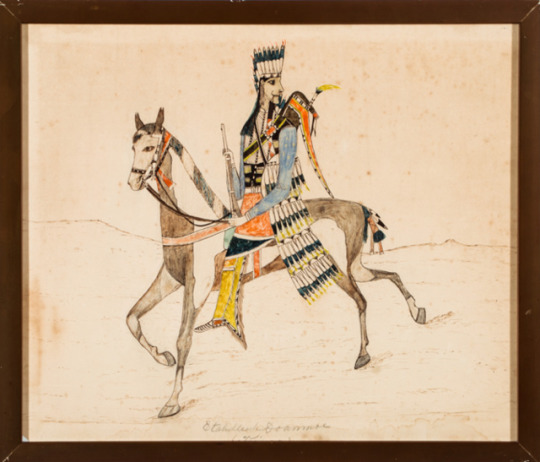
Etahdleuh Doanmoe, d. 1888 Self Portrait US (c. 1878) [Source]
Slate says:
These drawings are by Etahdleuh Doanmoe, a Kiowa man who was captured by the U.S. Army in Oklahoma in 1875 and was one of a group of leaders who were selected for removal in order to crush the Southern Plains tribes' resistance to confinement to reservations. Doanmoe and seventy-one other Arapaho, Cheyenne, Kiowa, Caddo, and Comanche Indians were taken to St. Augustine, Fla., where they were imprisoned at Fort Marion for three years. The men were taught English, dressed in Western clothes, and taught to forsake their former traditions.
The Doanmoe drawings, now held in part at Yale’s Beinecke Rare Book & Manuscript Library and in part at Dickinson College, chronicle this journey in a style at once spare and detailed. The typed captions above the drawings come from Richard Henry Pratt, the Army officer who was in charge of the Indians at Fort Marion, and who later founded the Carlisle Indian Industrial School. Taken together, the images and their captions represent two perspectives: that of a captive forced to move from one world to another, and that of the man who was trying to transform him.
The drawings are part of a larger genre called ledger art, which Plains tribes practiced during the second half of the nineteenth century. The tribes once painted stories about significant tribal and personal events on buffalo hide. With the diminishment of buffalo herds and the tribes' restriction to reservations, artists began to paint on sheets of ledger paper. (You can browse through other examples of these ledgers here.)
20 notes
·
View notes
Photo

Buntu Qina, b. 1982 Self Portrait South Africa (2013) Ceramic [Source]
Check out his paintings here!
16 notes
·
View notes
Photo
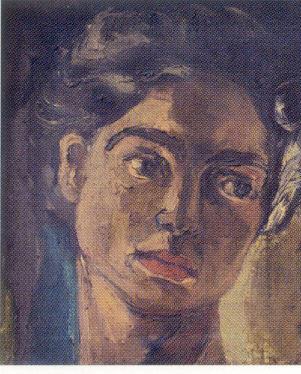
Lucy Tejada, b. 1920, d. 2011 Self Portrait Colombia (1952) Oil on card [Source]
Wikipedia says:
Lucy Tejada Saenz was a Colombian contemporary painter… Her characters, imaginary beings of black and deep eyes live in her paintings, that resemble his world; a beautiful ideal world, inhabited only by women and boys. The artistic legacy is a trip by a world knitted of dreams, evocations and original proposals.
25 notes
·
View notes
Photo


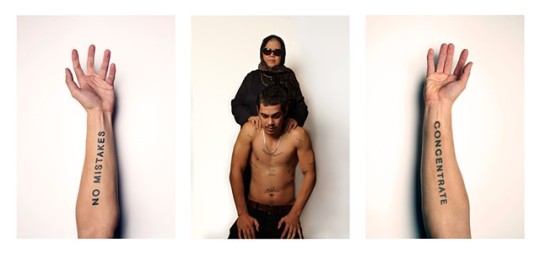
Abdul Abdullah, b. 1986 Homeland: Self portrait as an ultra-nationalist Maybe I am the bad guy Good Muslim boy Australia (2013) C-type print [Source]
The artist’s website says:
Abdul Abdullah is an artist from Perth, currently based in Sydney, who works across painting, photography, video, installation and performance. As a self described ‘outsider amongst outsiders’, his practice is primarily concerned with the experience of the ‘other’ in society. Abdullah’s projects have engaged with different marginalized minority groups and he is particularly interested in the experience of young Muslims in the contemporary multicultural Australian context. Through these processes and explorations Abdullah extrapolates this outlook to an examination of universal aspects of human nature.
52 notes
·
View notes
Photo

Chen Baoyi / 陈抱一, b. 1893, d. 1945 Self-portrait China (1921) Oil on canvas [Source]
There’s a bio of him here! This painting may have been made while he was studying in Japan.
22 notes
·
View notes